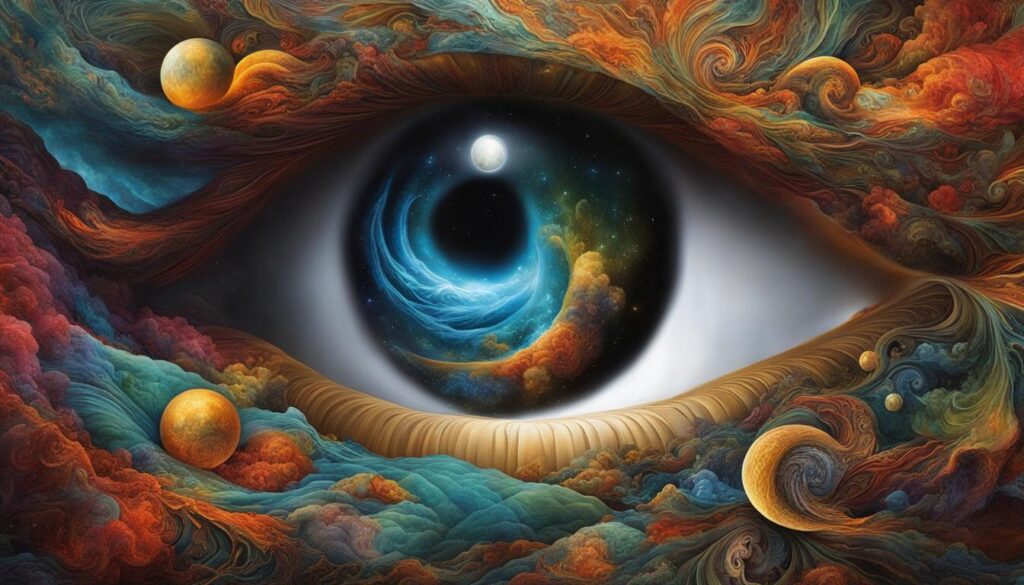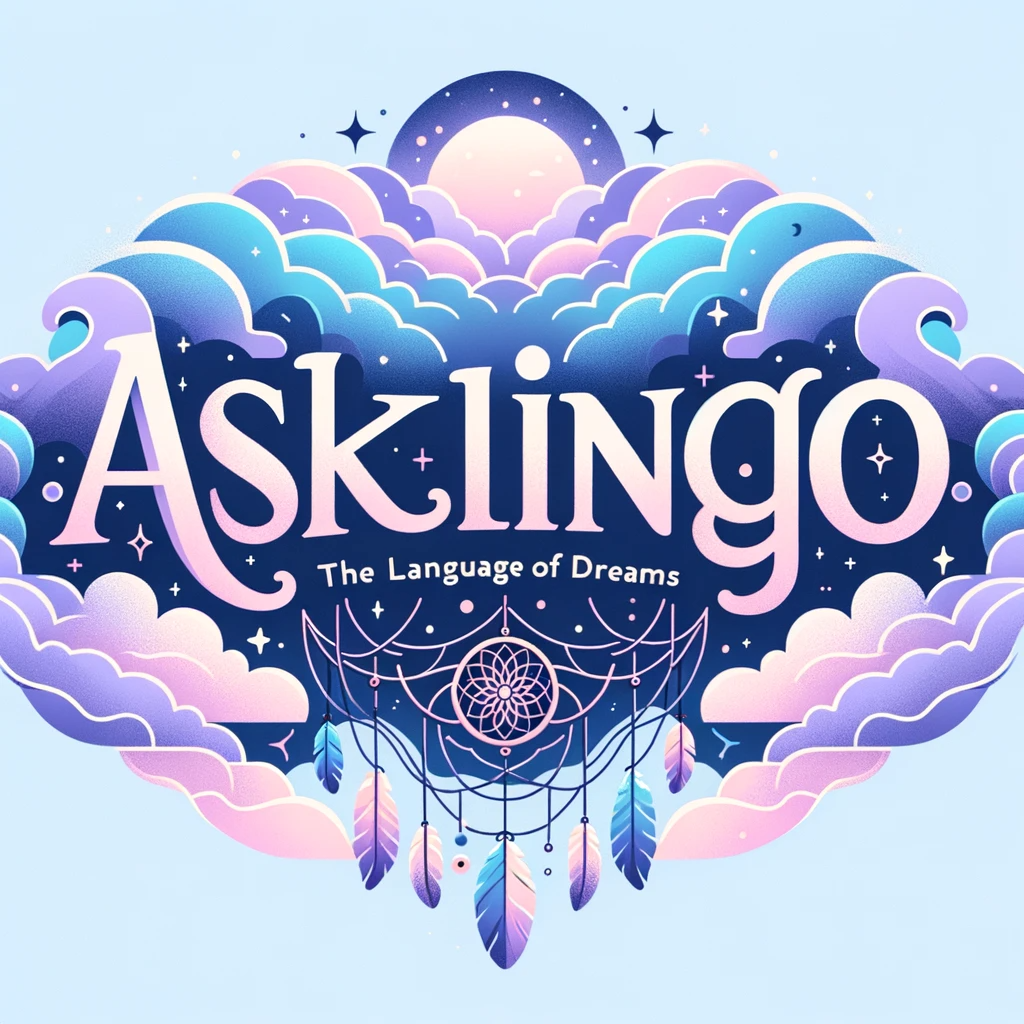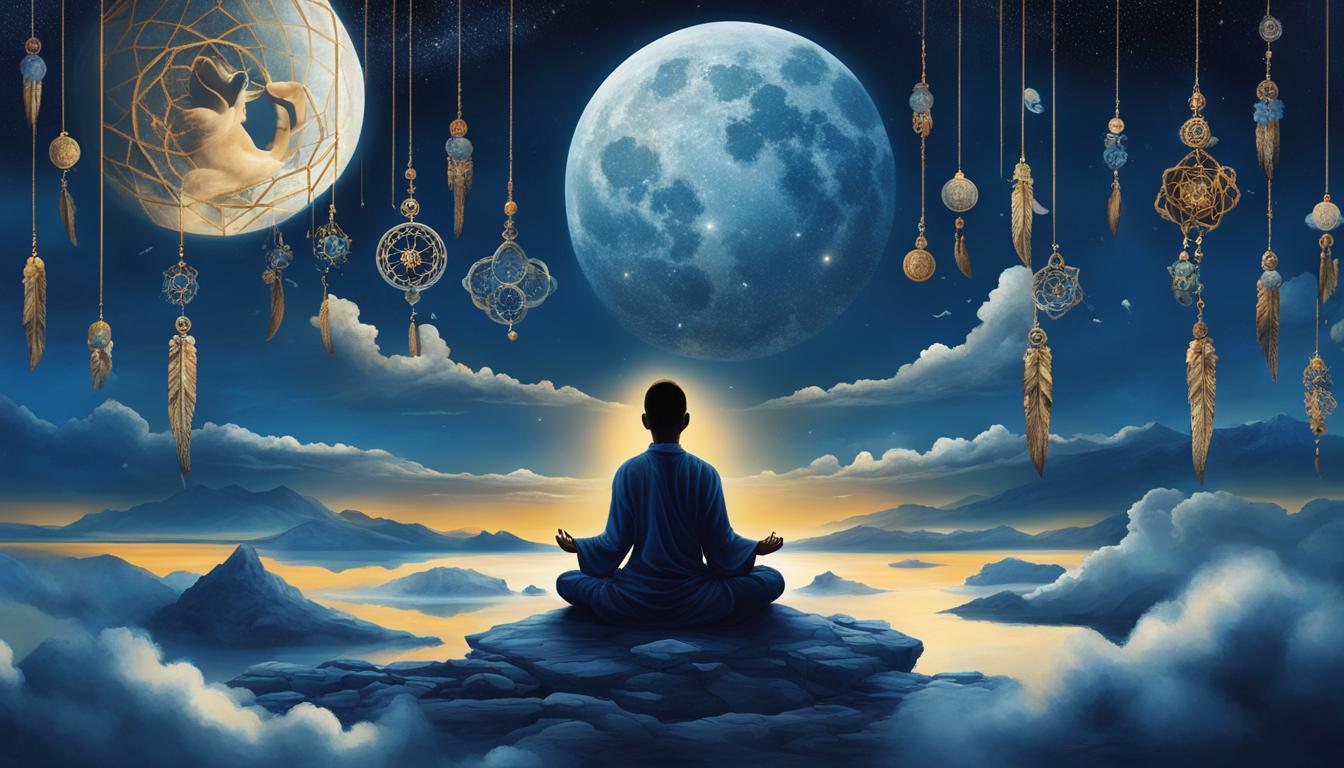Exploring the Cultural Significance of Dreams
The meaning of dreams has evolved throughout history, with interpretations influenced by cultural beliefs and daily life. Dreams are an active biological process that occur during REM sleep, characterized by rapid eye movement and heightened brain activity. The interpretation of dreams has shifted from magical explanations to scientific theories focused on individual brain functioning. Dreams hold significance in different cultures, with Mesopotamian civilizations viewing them as divine expressions and Egyptians interpreting them as omens. In ancient Greece, dreams were seen as messages from the soul. The psychoanalysts Sigmund Freud and Carl Jung made significant contributions to the interpretation of dreams based on emotional experiences and symbolic language. The meaning of dreams is subjective and can be interpreted through personal associations and cultural variations.
Key Takeaways:
- Dream interpretation is influenced by cultural beliefs and daily life.
- Different cultures attribute different meanings to dreams.
- Sigmund Freud and Carl Jung contributed to dream interpretation theories.
- The interpretation of dreams is subjective and varies based on personal associations.
- Cultural perspectives play a significant role in understanding dream meanings.
The Role of Dreams in Human Sleep Patterns
Dreams play a significant role in our sleep patterns, particularly during the rapid eye movement (REM) stage. REM sleep is a crucial phase characterized by heightened brain activity, rapid eye movement, and vivid dreaming. It is believed to serve various functions that contribute to our overall well-being.
One important function of dreams during REM sleep is the consolidation of memories. Research suggests that dreaming helps facilitate the storage and organization of information gathered throughout the day, aiding in memory retention and recall. Dreams serve as a mechanism for the brain to process and integrate new knowledge and experiences, promoting learning and cognitive development.
In addition to memory consolidation, dreams also play a role in creativity. During REM sleep, the brain engages in imaginative processes, allowing for the exploration of new ideas, concepts, and associations. Many renowned artists, writers, and scientists have credited their dreams as a source of inspiration and innovation. Dreams provide a platform for the expression of our subconscious thoughts and emotions, often unveiling hidden insights and creative solutions.
“Dreams are the touchstones of our characters.” – Henry David Thoreau
While the exact function and purpose of dreams are still not fully understood, they serve as an integral part of our sleep cycle. They contribute to restorative sleep, memory consolidation, and creative thinking. Exploring the content and symbolism of our dreams can offer valuable insights into our thoughts, emotions, and innermost desires.
Cultural Diversity in Dream Interpretation
Understanding dreams through cultural lenses is a fascinating aspect of dream interpretation. Dreams hold different meanings and symbols across cultures, reflecting the diverse perspectives and beliefs of societies worldwide. Cross-cultural approaches to dream analysis recognize the importance of cultural diversity in deciphering the significance of dreams.
Dream symbolism varies significantly across cultures. Certain symbols that hold specific meanings in one culture may have entirely different interpretations in another. For example, while snakes often represent danger and deceit in Western cultures, they are seen as a symbol of wisdom and fertility in many Indigenous cultures. Exploring these cultural variations in dream symbolism provides a broader understanding of the complexities of human experience.
Cultural diversity in dream interpretation also takes into account the influence of cultural beliefs, values, and norms on how dreams are understood and analyzed. Different cultures may prioritize specific aspects of dream content, such as emotions, animals, or specific symbols, based on their cultural frameworks. By examining dreams through cultural lenses, we can gain valuable insights into the unique perspectives and experiences of individuals in different societies.

The Role of Cultural Context
Cultural context plays a vital role in dream interpretation. Cultural norms and values shape how individuals perceive and interpret their dreams. For example, in collectivist cultures, dreams may be viewed as reflections of the community’s well-being or as messages from ancestors. In individualistic cultures, dreams are often seen as personal messages related to individual desires and aspirations.
- Exploring the cross-cultural approaches to dream analysis
- Understand the significance of dream symbolism across cultures
- Recognize the influence of cultural beliefs on dream interpretation
By acknowledging and appreciating cultural diversity in dream interpretation, we can enrich our understanding of dreams and gain a deeper insight into the human psyche.
Interpreting Dreams from a Jungian Perspective
When it comes to dream interpretation, one perspective that holds significant weight is the Jungian approach. Developed by Swiss psychiatrist Carl Jung, Jungian dream analysis focuses on the symbolic interpretation of dreams and their connection to the unconscious mind. According to Jung, dreams serve as a means of communication between the conscious and unconscious aspects of our psyche.
To interpret dreams from a Jungian perspective, it is crucial to recall and reflect upon the dream content. This involves identifying patterns, symbols, and archetypal imagery that hold personal and cultural significance. By exploring these elements, we can gain insights into our own psychological experiences and the collective unconscious.
“Dreams are the guiding words of the soul.”
– Carl Jung
One of the key concepts in Jungian dream analysis is the idea of the dream-ego. This represents the self within the dream and provides valuable insights into our inner world. By examining the actions and experiences of the dream-ego, we can uncover hidden desires, fears, and unresolved issues that may be influencing our waking life.
The Role of Dream Symbols
In Jungian dream analysis, dream symbols play a crucial role in understanding the meaning behind our dreams. These symbols can be personal, cultural, or archetypal in nature. Archetypal symbols are universal images that reflect fundamental human experiences and are present across different cultures.
Amplification is a method used in Jungian dream analysis to explore the cultural, personal, and archetypal meaning of dream symbols. It involves examining the symbol from various perspectives to uncover its deeper significance. By understanding the symbolism in our dreams, we can gain a better understanding of ourselves and the hidden aspects of our psyche.

Interpreting dreams from a Jungian perspective allows us to delve into the rich and complex world of the unconscious mind. By unraveling the symbolic language of our dreams, we can gain valuable insights into our psychological well-being and embark on a journey of self-discovery.
Cultural Differences in Dream Structures
When it comes to dream content, cultural differences play a significant role in shaping the structures and narratives we experience during sleep. American dreams often feature a clear and active dream-ego, representing the dreamer’s sense of self within the dream. This dream-ego exhibits a strong sense of will and mobility, actively participating in the unfolding events of the dream. American dreams also commonly have clear endings, providing a sense of resolution.
In contrast, Japanese dreams often portray a dream-ego with weak agency and a vague consciousness. In these dreams, the dreamer may have less control over their actions and the events that occur. Other characters or external factors may play a more prominent role, influencing the dream’s direction and outcome. Japanese dreams often lack clear endings, leaving the dreamer with a sense of ambiguity or open interpretation.
These cultural differences in dream structures can be attributed to variations in self-construal, which refers to how individuals define and perceive themselves in relation to others. American culture emphasizes individualism and the cultivation of personal autonomy, which may be reflected in the assertive and active dream-egos commonly found in American dreams. On the other hand, Japanese culture values collectivism and social harmony, which may contribute to the more passive and interdependent dream-egos observed in Japanese dreams.

The Influence of Cultural Differences on Self-Construal in Dreams
“Cultural variations in dream structures can provide valuable insights into the way different societies shape our sense of self and agency in both waking and dreaming states.” – Dr. Maya Thompson, Dream Psychology Expert
Dr. Maya Thompson, a dream psychology expert, explains that cultural differences in dream structures offer a unique window into the psychological processes of individuals within a society. The way dreams unfold and the level of agency granted to the dream-ego can shed light on cultural values, social norms, and the overall process of self-formation.
Understanding these cultural differences in dream structures can deepen our appreciation for the complexity of human experience and the ways in which cultural contexts shape our perceptions and behaviors. Exploring dreams from various cultural perspectives allows us to expand our understanding of the self and the world around us, fostering cultural empathy and promoting cross-cultural dialogue.
By recognizing and appreciating the cultural diversity in dream content, we can gain a deeper understanding of the complex relationship between culture, psychology, and the dreaming mind. Dreams offer a rich tapestry of narratives and symbols, reflecting not only our individual experiences but also the broader cultural contexts in which we live.
Dreamwork Techniques for Self-Exploration
Exploring and interpreting dreams can be a powerful tool for self-discovery and personal growth. By delving into the depths of our dreams, we can uncover hidden thoughts, emotions, and desires that may not be readily accessible in our waking lives. Dreamwork techniques provide a structured approach to understanding and analyzing our dreams, allowing us to gain valuable insights into ourselves and our subconscious minds.

Dream Recall Techniques: The first step in dreamwork is to improve dream recall. Keeping a dream journal by your bedside and jotting down any fragments or impressions as soon as you wake up can help train your brain to remember more details from your dreams. Create a habit of reflecting on your dreams upon waking, allowing them to linger in your consciousness before the demands of the day take over.
Dream Journals: A dream journal is a valuable tool for recording and analyzing your dreams over time. Write down your dreams in as much detail as possible, including emotions, colors, symbols, and any significant events. As you review your dream journal, look for patterns and recurring themes, noting any changes or progress in your dream content or symbols. This reflection and analysis can provide deeper insights into your subconscious mind.
Dream Sharing: Sharing dreams with trusted friends, family members, or dream groups can offer a fresh perspective and new interpretations. By discussing your dreams with others, you can gain different insights, explore alternative meanings, and spark thought-provoking conversations. Engaging in dream sharing can broaden your understanding of dreams and expand your own interpretations.
Dream Interpretation Methods: There are various methods to interpret dreams, including psychological approaches, cultural frameworks, and personal associations. Psychoanalytic approaches, influenced by Freud and Jung, delve into the hidden meanings of symbols and the dreamer’s subconscious desires. Cultural frameworks consider how cultural beliefs and values shape dream symbolism. Personal associations, linking dream content to your own experiences and emotions, can provide unique and deeply personal insights into dream meanings.
The Subjectivity of Dream Interpretation
When it comes to interpreting dreams, one must acknowledge the inherent subjectivity of the process. Dreams hold unique meanings for each individual, shaped by their personal experiences, beliefs, and cultural background. Dream interpretation is not a one-size-fits-all endeavor; instead, it involves delving into the personal associations and connections that the dreamer has with the dream content and their waking life.
While certain symbols may carry common cultural meanings, the interpretation of dreams should always consider the dreamer’s unique perspectives and experiences. The true essence of dream analysis lies in the ability to reflect on the dreamer’s psyche, providing a rich source of insight, self-expression, and personal growth. Dreams are a powerful tool for self-reflection, offering glimpses into our deepest desires, fears, and unresolved issues.
Ultimately, it is up to the dreamer to decide what meaning to assign to their dreams and how to integrate them into their waking life. No external authority can fully grasp the nuances of an individual’s inner world. By embracing the subjective nature of dream interpretation, we honor the profound impact that dreams can have on our personal journey of self-discovery.







